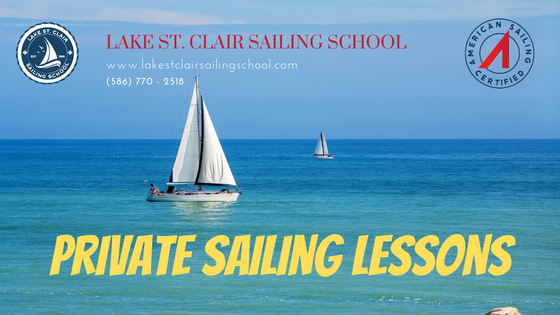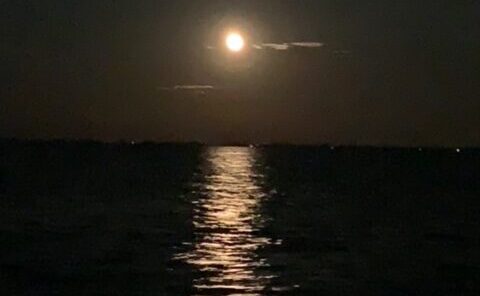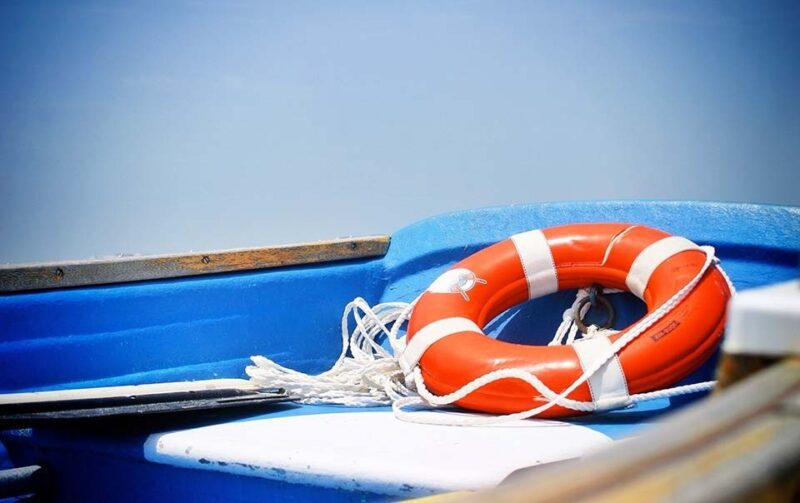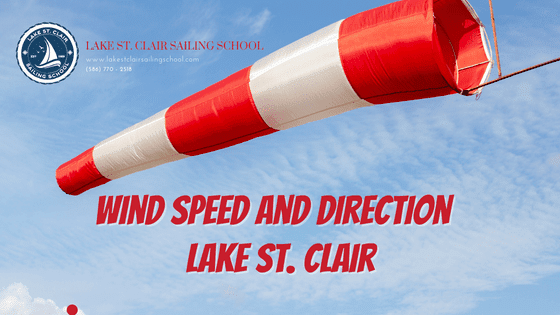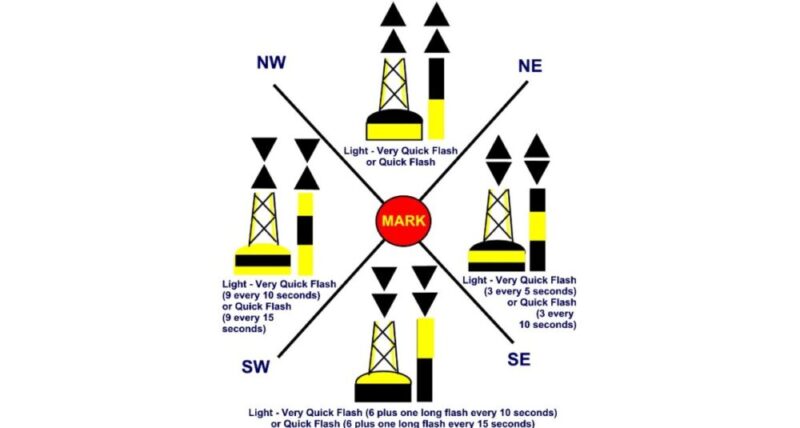Private Sailing Lessons
Private Sailing lessons and classes If you would rather having your own private sailing class and learn with a licensed Captain one on one, you have reached the right destination. Our Sailing Instructors are US. Coast Guard licensed Captains and American Sailing Association ASA certified and have tremendous Sailing experience. Click here to view our testimonials and Click here to contact us. private sailing lessons


